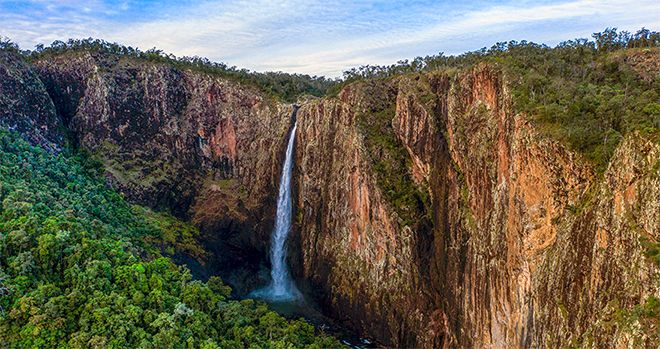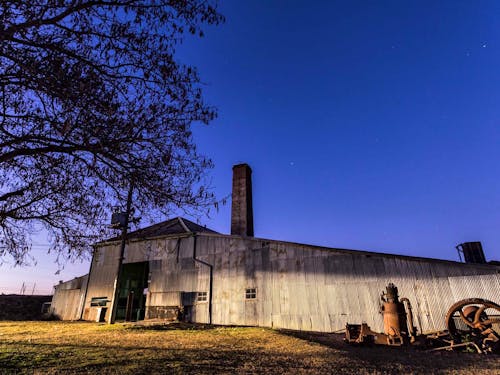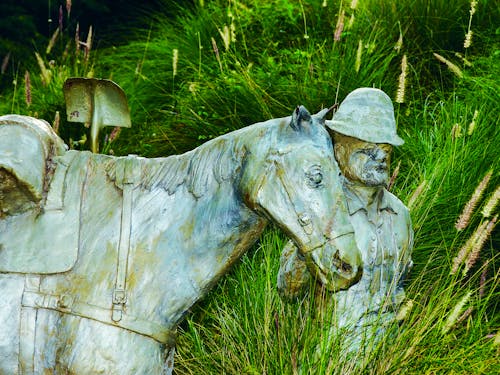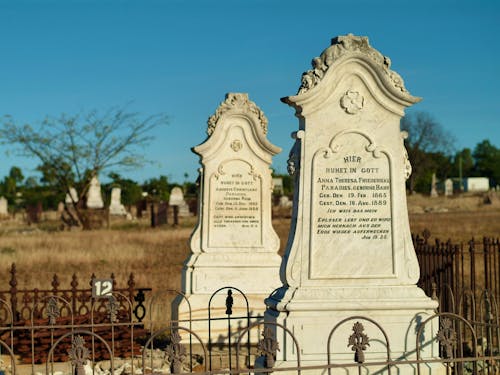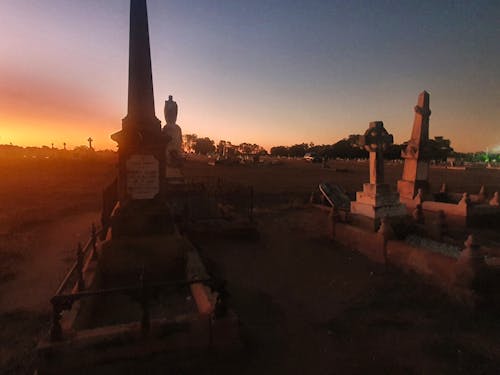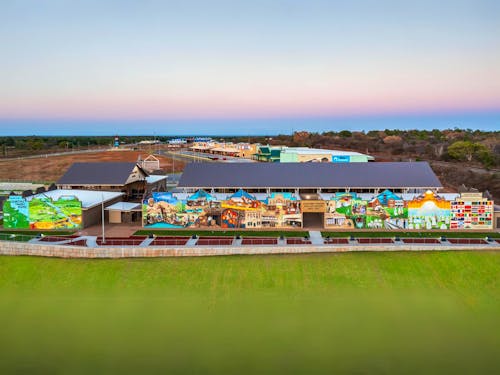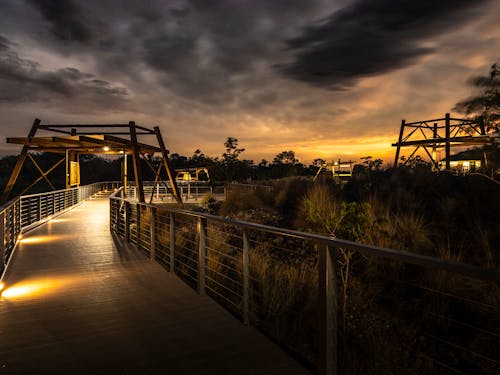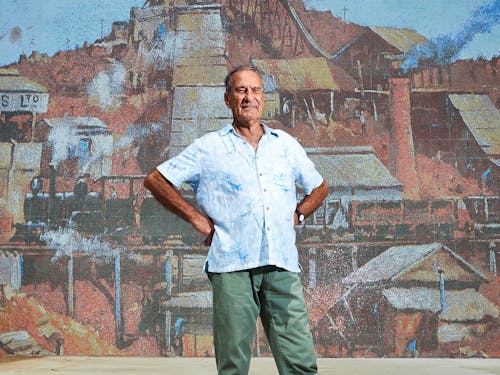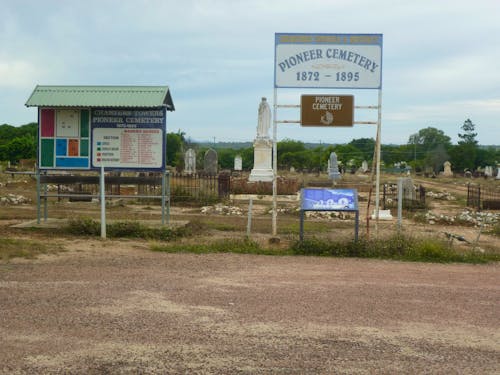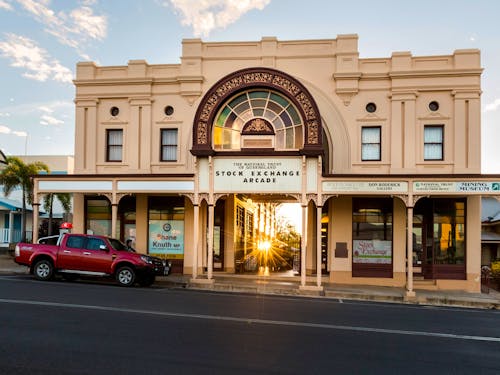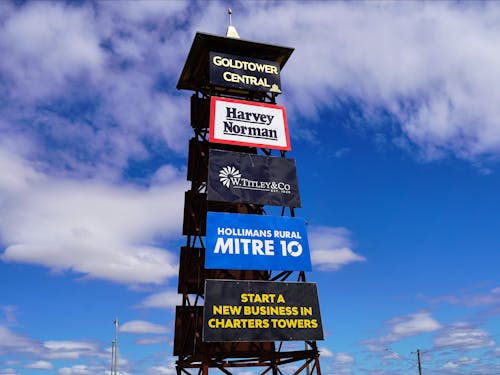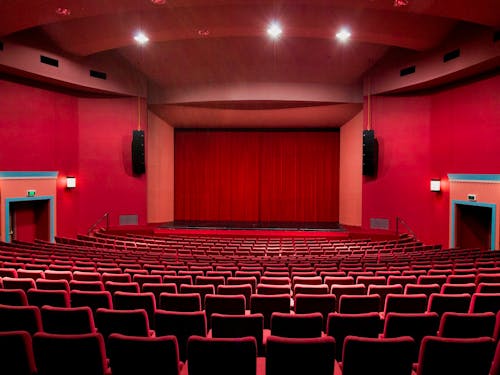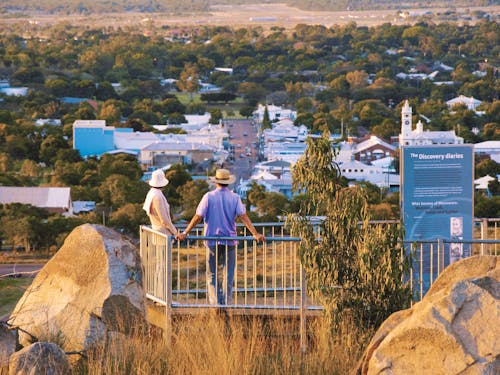
History & Culture
Find things to do
Charters Towers Venus Gold Battery
A “must-do” experience for visitors to the Towers. The 150-year-old Venus Gold Battery (Mill) crushed ore from the underground mines to extract the valuable gold. Through an amazing audio-visual experience and guided tour, discover how gold was processed during the colourful North Queensland goldrush. On the outskirts of Charters Towers is the oldest and largest surviving Battery in Queensland – the Venus Gold Battery. Built in 1872, this crushing mill provided gold extraction facilities to miners for over a century. The huge “stampers” pounded day and night extracting the precious gold from quartz up until 1973. The Venus Gold Battery can be visited for guided tour experiences, private group tours, educational experiences and as a private venue hire.
Learn More Book NowCentenary Park
Step back in time to the days of the gold rush when you visit Centenary Park in Charters Towers. This popular park space features a gold discovery monument and a collection of sculptures created by Queensland Artist, Hugh Anderson. Make sure you take a picture of the Bat Statue created and designed as part of the 2013 LATTE Exhibition. Centenary Park features an interesting history, with the area first announced for public purposes in 1888. In 1941 the last Gazette Order in Council set aside the area as a reserve for park purposes and named it "Sayers Park" after Robert John Sayers. From the city's very early days, Centenary Park was called "Harvey's Reserve", no doubt because Joseph Harvey, a local butcher, built and lived in "Tower Villa", an old Queenslander style home that still faces out over the north east corner of the Reserve. During 1972 the Park was re-named "Centenary Oval" as part of the city's centenary celebrations. Centenary Park features picnic tables, toilets, gas barbecues, a children's playground, liberty swing, lit walking tracks and is always cool and shady.
Learn MoreCharters Towers Cemetery
Charters Towers Cemetery was established in 1895. It is the resting place for a number of interesting local characters including Jupiter Mosman who, as local lore has it, was part of the party that discovered gold at Charters Towers; Doctor Leonard Redmond who discovered Australian dengue fever; Fredrick Pfeiffer owner of the rich Day Dawn PC Mine and James Knenniff who was the last bushranger in Queensland. The Charters Towers Visitor Information Centre has the cemetery records for both the Pioneer and Charters Towers cemeteries. If it is family history you are seeking, why not contact the Charters Towers and Dalrymple Archives Group or the Charters Towers Family History Association Incorporated? These groups aim to promote and preserve research into local and family history for the benefit of the community.
Learn MoreGhost Tours Australia - Charters Towers
Hear the haunted heritage of these sites including classic local ghost stories, urban legends and myths, true tales of tragedy, crime, murder, mystery, magic, love and death. There are no extras covered in sheets leaping from the shadows to give cheap thrills on these tours. Every Ghost Tour and Special Paranormal Tour is led by an eerie Tour Guide whose passion for history and hauntings takes you on your journey through Australia’s darker side.
Learn MoreGoldtower Central Street Art Tour
Shop, visit, discover! Welcome to Goldtower Central, Charters Towers' newest homemaker, lifestyle, and retail shopping precinct where history, art, and discovery converge to bring the town's rich gold rush history to life! Join them on this walking tour to enjoy award-winning street art, featuring: - The World: Hear the story of how 'The World' came to be, and see for yourself why it won Gold for Best Monument / Memorial in the Australian Street Art Awards 2023; - Charters Towers Wall of History 1872-1922: Gain a deeper understanding of the gold rush era that once made Charters Towers the second-largest city in Queensland, and discover the hidden details in Australia’s largest hand-made mosaic which features art by Trisha Lambi Fine Artist. - Peter Lawson Mosaics: Peter Lawson is the great-nephew of the famed Australian poet Henry Lawson. Learn about the origins of these 1980s paintings that are now larger-than-life mosaics.
Learn MoreGoldtower Central Wall of History
Stretching an impressive five meters in height, 80 meters in length, and adorned with over five million hand-cut tiles, The Wall of History stands as a tribute to the pivotal moments that have shaped Charters Towers. Located along the roadside wall of Poppet Head Plaza, The Wall of History is Australia’s largest hand-made mosaic and depicts the accidental discovery of gold by Aboriginal boy Jupiter Mosman. This initial discovery launched the northern gold rush and catapulted Charters Towers to become Queensland’s second-largest city. Aided by historical photos of real people and places from local archives, award-winning fine artist Trisha Lambi beautifully created the tale as an oil on canvas before it was brought to life in mosaic form. Plaques accompany each panel providing insight into the history encapsulated in the mural. These plaques allow viewers to appreciate each of the eight panels individually and are strategically placed to perfectly view each moment. Goldtower Central owner, Paul McIver, is the visionary behind this creation, collaborating fine artist Trisha Lambi and Tania Ault of Dillinga’s Dreaming. Tania proudly represents the Gudjala people of Charters Towers, offering invaluable insights as the Traditional Custodians of this land. Embark on a journey through time at The Wall of History, where each mosaic panel unfolds a captivating chapter in the fascinating narrative of Charters Towers.
Learn MoreMiners' Memorial
Embark on a historical journey with the Charters Towers Miners' Memorial Walk, a tribute to the courageous souls who sought prosperity in the heart of the Charters Towers Goldfields. This memorial transcends a meandering pathway; it's a poignant space for remembrance, reflection, and a testament to the enduring spirit of the region. Dedicated to miners who met their fate in the pursuit of fortune within Charters Towers' mines, mills, and quarries. The Miners’ Memorial Walk unfolds like a chapter from the past, featuring an elevated boardwalk leading to a captivating viewing platform above the remnants of the historic Wyndham No.3 mineshaft. Marvel at replica poppet head structures echoing the gold rush era. Engage with informative signage and interpretive panels that bring stories of resilience and determination to life. As daylight fades, the ambiance transforms, and carefully designed lighting illuminates the attraction, creating a visual masterpiece. This optimal time unveils the attraction's true beauty, offering a breath-taking panorama that brings the scene to life in ways unmatched during daylight hours. Whether a history enthusiast, nature lover, or seeking a meaningful experience, the Miners' Memorial Walk invites you to connect with our pioneers' legacy. Honour the spirit of those who shaped the region as you traverse this unique blend of history and natural beauty.
Learn MorePeter Lawsons Mural Mosaics
Goldtower Central is privileged to display a collection of Peter Lawson’s artworks originally featured in the publication ‘The Town They Called the World’ by Don Roderick. Embark on a treasure hunt for Peter Lawson’s evocative 1980s paintings adorning the walls of the buildings at Goldtower Central. The original artworks showcasing the scenes of the grand architecture and street scenes of the foregone gold rush era were the perfect addition to the landscape of Goldtower Central. Each painting has been transformed into a large-scale mosaics consisting of more than 700,000 meticulously hand-placed tiles. Take in the colour and vibrancy of the Charters Towers streetscape in a bygone era. You can find Peter Lawson’s Mosaics at the following locations. Pioneer Place: Saturday Morning Gill St. (Circa 1900) and Pryites Works Treasure Towers: Listner Park 1913 and Railway Station Mitre 10: The Outside Mine
Learn MorePioneer Cemetery
Entrenched in a deep history from the days of the gold rush, Pioneer Cemetery located in Charters Towers, gives an interesting insight in the hardships faced by the pioneers of the time. Containing graves from those who were buried between 1872 and 1895, mining accidents, fires, murders, child birth and general hardship are some of the reasons that there are more than 5000 people buried in the early cemetery. Cemetery records are available for viewing at the Charters Towers Visitor Information Centre.
Learn MoreStock Exchange Arcade
Imagine back to the days of the 1800s, when the gold rush was at its prime and the township of Charters Towers was the second largest city in Queensland. An arcade was designed by Sydney architect Mark Day and built by Sandbrook Brothers of Sydney in 1888 for local civic leader and businessman Alexander Malcolm. Known then as the Royal Arcade, it housed one of Australia's first regional stock exchanges, the Charters Towers Stock Exchange from 1890. At one time the price of gold was set in that very Arcade, an indication of the importance of the Charters Towers' economy at the time. Today, the stockbroker's offices have been converted into shops and make for an interesting insight into the buildings history. Wander through the Don Roderick Gallery, enjoy the building's magnificent architecture and don't miss the "Calling of the Card," a ghostly reminder of Charters Towers' golden days.
Learn MoreThe Bell Tower - Goldtower Central
The Bell Tower located at Goldtower Central stands at over 17 meters in height, with a huge brass bell. It has been engineered to last 250+ years, serving as a signal that a new era of business has begun for the region. The unique tower roof is one of a kind - designed and built by Rod Coleman of Townsville who has been building for over 45 years in the region. The very top of the tower features a lighting strike counter, which will record how many times this tower gets hit with lightning. The tower can be accessed via Goldtower Central, free parking is available around the precinct.
Learn MoreThe World - Goldtower Central
Delve into the rich history of ‘The Town They Called The World’ by visiting the Australian Street Art Award's Beast Monument/Memorial, The World. Goldtower’s very own monumental tribute, The World. Located at Goldtower Central, you will discover The World; a striking tribute to a bygone era when Charters Towers was known as The World. Seven meters in height and four meters in diameter this solid structure is anchored on a granite base adorned with the tales of the Town. Unveiled as a commemorative gift to celebrate 150 years since the declaration of the goldfields, this magnificent sculpture was a generous gift from Goldtower Centrals owner Paul McIver. The World beckons you to embark on a captivating and historic journey through time. Make your mark on history like never before by becoming a citizen of The World. Simply scan the QR code located at the statue and receive your unique citizen number. This immersive experience fosters a sense of belonging, allowing you to forge a personal connection to Charters Towers’ golden legacy. The World stands as a historical landmark summoning all explorers and history enthusiasts alike. Easily accessible through the Goldtower Central Shopping Precinct and the Columbia Gold Mine rest stop, it offers a journey into the past, seamlessly blending modern convenience with charm and antiquity Your expedition to "The World" awaits!
Learn MoreThe World Theatre
Explore the World Theatre, a cultural complex where the unique blend of heritage architecture and state of the art technology meet. Browse at your own leisure and check with the friendly staff for details of the live shows, movie times, morning melodies and the free local and touring exhibitions of art, sculpture, photography and more. For an interesting insight into the past ask the staff to tell you the story of the 'Murder on Mosman'.
Learn MoreTowers Hill Lookout and Amphitheatre
Local legend has it that an Aboriginal boy named Jupiter first discovered gold at the foot of Towers Hill in December 1871. Today you can find a monument which depicts the location of the first gold sighting at the base of the hill. From there follow the road and uncover the stories of the Hill from the interesting and informative storyboards along the way which feature "Jupiter's Luck," "The Seismograph Station," and "Clark's Gold Mine." Discover 30 different World War II bunkers, one of which is a restored bunker located approximately half way up the Hill. Another track at the summit leads off to the ruins of the Pyrites Works. Early morning is the best time to discover the wildlife living on and around Towers Hill. You will see several species of macropods such as the Eastern Grey Kangaroo, the Whiptail and the Allied Rock Wallabies. Watch as the Wedge-tailed Eagles hunt their prey. Towers Hill comes to life in the evening with the Ghosts after Dark film screened in the Amphitheatre. Admission fees apply. Tickets can be purchased at the Visitor Information Centre.
Learn More


